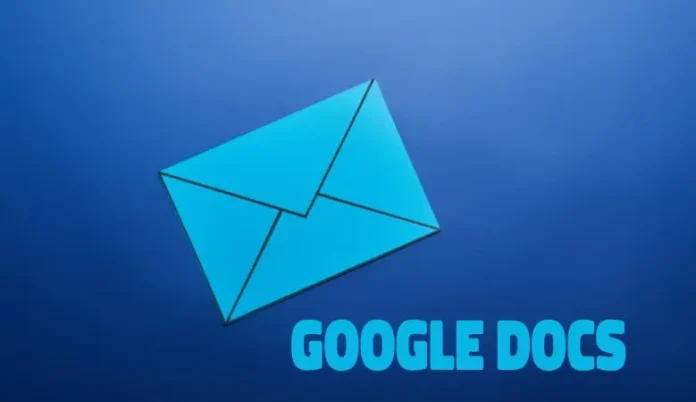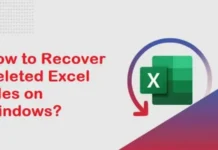Complying Gmail emails directly in Google Docs provides flexibility and ease of use, simplifying collaboration and efficiency.
Here is a detailed guide to mastering this feature.
Why Composing a Gmail Email in Google Docs is Essential
In a world where online collaboration is becoming the norm, being able to compose an email directly in Google Docs has many advantages. Not only does it centralize work tools, but it also facilitates real-time review and collaboration.
This allows teams to work together on draft emails, ensure the tone and content are right before sending, and save time on administrative tasks.
Main challenges or problems
While this feature is handy, some challenges can arise while using it. Here are some of the major issues encountered:
- Complexity of Insertion: For new users, figuring out how to insert a draft email can be a hurdle.
- Poorly managed collaboration: Version conflicts can occur when multiple people work on the same document.
- Improper formatting: Transferring text from Google Docs to Gmail can sometimes cause formatting issues.
How to overcome these challenges
To avoid these problems, it is essential to understand each step and follow effective collaboration practices.
Steps to Compose a Gmail Email in Google Docs
Insert a draft email
There are two main ways to insert a draft email into Google Docs:
Method 1: Via the insert menu
- Open a Google Docs document.
- At the top left, click on “Insert”.
- Select “Core Components”, then “Draft Email”.
Method 2: Via a quick command
In your document, type @email and then press Enter.
Fill in the email fields.
Once the email draft template is inserted, you can fill in the different fields:
- To: Enter the recipient’s email address or search for a contact in your address book.
- Cc/Bcc: Add carbon copy (Cc) or blind carbon copy (Bcc) recipients if needed.
- Subject: Enter the subject of your email.
- Message body: Write your message. You can use Google Docs’ formatting tools to structure and enhance your text.
Send Email
- Click the “Gmail” button at the top right of the draft email.
- A new Gmail window will open containing your draft email.
- Check the information and click “Submit”.
Impacts and consequences
Using Google Docs to compose Gmail emails has several tangible benefits:
- Improved collaboration: Teams can work together on the same document in real-time, making reviewing and approving messages easier.
- Increased efficiency: Centralizing email writing in a single tool helps reduce back-and-forth between different applications.
- Message quality: The ability to format and structure emails in Google Docs before sending can improve the clarity and impact of communications.
To get the most out of this feature, here are some tips and initiatives to consider:
Collaboration
Share your Google Docs document with other team members so they can collaborate on the email draft. Use comments and suggestions to gather feedback and make edits before sending.
Email Templates
Create email templates for messages you send frequently. This can save you time and ensure consistency in your communications.
Smart Compose
Turn on Smart Compose in Gmail to get text suggestions as you compose. This feature can help you compose messages faster and avoid typos.
Additional tips to get the most out of Google Docs and
Gmail
Preview: Before sending an email, preview it in Gmail to check the formatting and ensure everything is in order.
Versioning: Use version history in Google Docs to track changes and revert to an earlier version if necessary.
Training: Conduct training sessions for your team to ensure everyone is comfortable using this feature.














